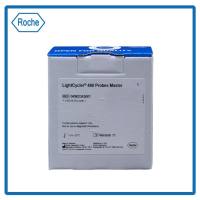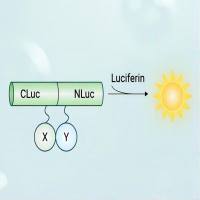Imaging Gene Expression Using Antibody Probes
互联网
3551
The merger of multiple immunoflurescent labeling and the laser scanning confocal microscope (LSCM) has greatly enhanced experimentation in many areas of biomedical research. Recently, genetic tools have become available for marking individual cells, or cells within a tissue of genetically mosaic animals (1 ,2 ). These tools have been primarily developed in Drosophila and utilize protein epitopes for which commercial antibodies are available, such as the myc epitope (2 , ATCC and Oncogene Research) or an epitope in the CD-2 protein (3 , Serotec). Similarly, cell lineage experiments have been conducted in Drosophila (4 ,5 ), as well as in other organisms such as Caenorhabditis elegans (6 ) or zebrafish (7 ,8 ), in which cells express either β-galactosidase or green fluorescent protein (GFP), are physically labeled with dextran coupled to a fluorophore (8 ) or are labeled with fluorescent lipophilic dyes, such as diI (9 ). Multiple labeling experiments are then performed comparing the expression of these cell markers with endogenous protein(s) of interest.









